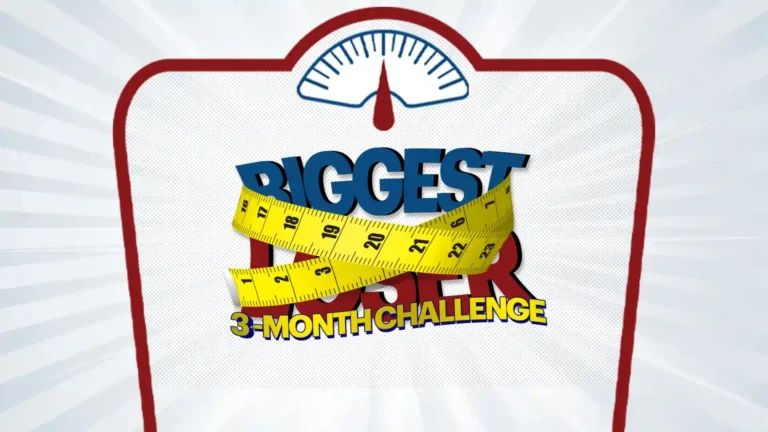Have you ever impulse-bought something? Remember the feeling of happiness you had after buying it, or was it a stress-free feeling?
As with all things, the internet has changed the world. Whether or not the world has changed for the better is generally up to the individual. In terms of retail therapy, individuals who are responsible and have strong impulse control have a much easier time accessing the things they want and need by being able to shop online.
At the same time, there are those with little to no impulse control who are constantly tempted by the ability to purchase anything from the convenience of their phone.
Which side wins out? Buying small items you can afford to relieve stress or becoming addicted to the feeling and overspending whenever you can?

What Is Retail Therapy?
At its core, retail therapy is neither good nor bad, the way people use or abuse it is what gives it its reputation. Retail therapy is shopping with the sole intent of making yourself feel better. This feeling comes from the small amount of dopamine released when you purchase something you want.
Retail therapy also allows people to have a measure of control over their lives, especially those in high-stress or fast-paced working environments.
It is also a healthy distraction. It allows people to temporarily put their trouble behind them in order to unwind and relax.

What Is Consumerism?
In order to properly understand retail therapy, you need to understand consumerism, which is the belief that the increasing consumption of goods and services is a desirable goal and that this act actually increases the happiness and well-being of the consumers.
Retail therapy happens where consumerism is the norm. Happiness is a byproduct of consumerism, while it is the express goal of retail therapy.
With this definition, controlled retail therapy contributes to consumerism in a positive manner. Aside from boosting sales and business, it also impacts the lives of consumers positively.

Retail Therapy In Moderation
In order for retail therapy to positively impact the lives of consumers, it must be practiced in moderation. When done properly, it gives its users a sense of control, a healthy distraction, and a boost in happiness.
When practiced with discipline, it gives shoppers a sense of control in an otherwise hectic working environment. There was a study done by The Michigan Ross School of Business that supports the theory that the ability to make your own choices, essentially giving you control over something, helps to alleviate what they coined as “residual sadness.”
After a series of tests, the people who were given more choices had a much lower sadness score when compared to those who weren’t allowed to choose. A sense of control overrides residual sadness and eases negative emotions within the consumer.
Sometimes taking a break is the best course of action. Going with the theme of moderation, retail therapy can provide a healthy distraction. No matter the stressor, removing yourself from an uncomfortable environment for a brief period of time allows you to relax, recoup, and get ready to continue the task later on.
It can be a method of implementing work-life balance, as even the act of window shopping, whether it be in person or online, can bring some of the relief that retail therapy can.
Shopping, specifically purchasing items that you’re interested in, makes you secrete dopamine, the feel-good hormone. Dopamine instills a sense of pleasure as a reward for accomplishing things. This little pick me up can be dangerous, as the feeling can become addictive. Moderating your spending is important as it keeps retail therapy as a positive tool to relieve stress as opposed to a crippling addiction.

Retail Therapy Out Of Control
When out of control, retail therapy turns into emotional or impulse spending. The name comes with several negative connotations, such as being irrational and impulsively spending money in frivolous ways. Like other addictions, trying to recreate the heightened feeling of euphoria is what causes unhealthy behaviors to develop.
This crutch or the dependence on short dopamine bursts given through purchasing items will become a habit, and the addiction or reliance will begin. Anytime a person’s mood drops below a certain threshold, their brain will tell them to get it back up to a level that feels good.
This can spiral out of control and become the default answer whenever they’re exposed to stressors. This isn’t a practical way to handle stress as it would deplete your bank account and may even lead to financial ruin.

Ways To Keep Retail Therapy In Check
If you’re looking to avoid overspending or turning an otherwise good method of stress relief into a debilitating addiction, finding out what your triggers or stressors are is a good first step.
Just being aware of what event causes you to go into a state of window shopping or buying will help you combat overspending. Trying to avoid those situations can help stop you from buying unnecessary things.
For those who can’t avoid their stressors or triggers, finding a healthier way to deal with stressful situations may be necessary. If work is a stressor, it wouldn’t be realistic to avoid that.
Creating a separate bank account for retail therapy will keep your spending in check. Depositing small amounts every so often will allow you to treat yourself once in a while. It could also prove to be therapeutic as the act of saving up for an item and then finally having enough for it gives a sense of achievement.
Adding onto a separate account made specifically for retail therapy, setting budgets will go a long way. If you set aside the money for necessary items such as bills or any other expense that you’re legally obligated to fulfill, you can take the remaining amount and divide it in any way you see fit. This way, you know exactly how much money you can actually afford to spend.
There’s a set of rules for buying that can also help stop needless spending. The 24-hour rule has consumers wait 24 hours from the moment they feel like buying something to see if they really want it.
In most cases, the urge to buy something leaves and money can be saved. For more expensive impulse purchases, try the 1-week rule, where you wait 7 days before moving forward with a purchase. In most cases, people tend to think fully about the impact of their purchase and end up not going through with it.
If spending gets out of hand, an easy fix is to remove the ability to spend easily. This could mean deleting shopping applications from your phone, deleting shopping websites from your favorites on a computer, removing ease of access pay methods such as Apple Pay on smartwatches, etc. Removing the ability to spend at a moment’s notice may make a considerable difference when the impulse to buy comes.
The Wrap Up
When under control, retail therapy can help alleviate stress. It can be used as a way of regaining control when things get hectic, but it can spiral into an addiction that can financially ruin you. Learning to keep it under control and use it in moderation is the key to keeping things healthy. Get out there and spend some money…but not too much.





